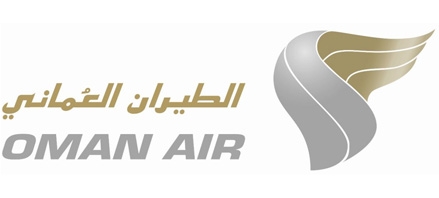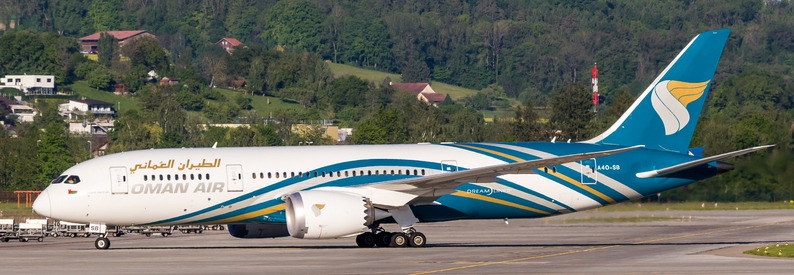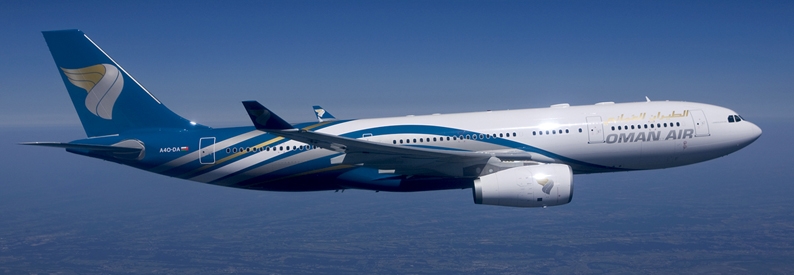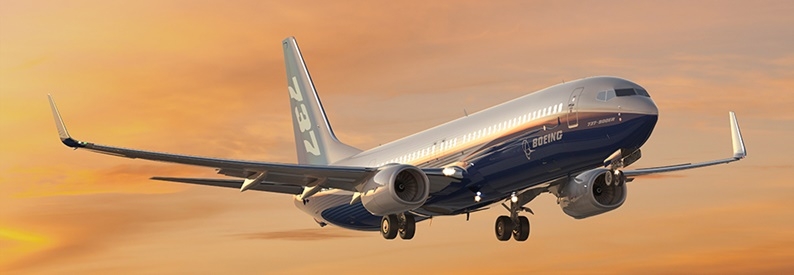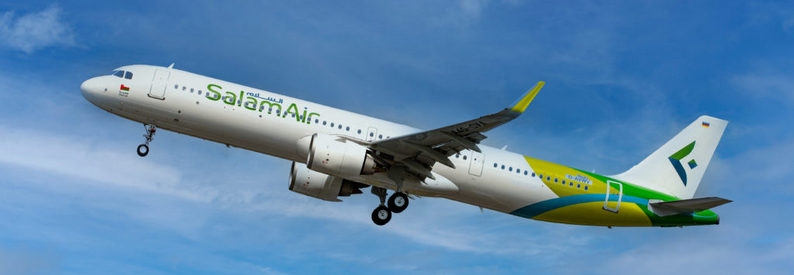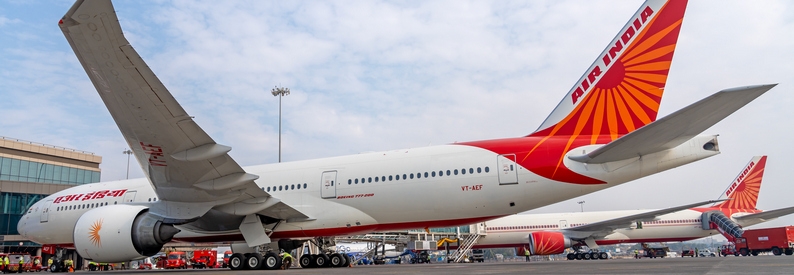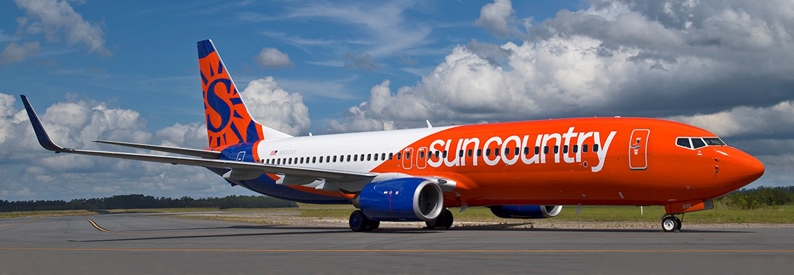Oman Air (WY, Muscat) has announced a strategic "transformation plan" that calls on all employees to contribute to operational improvements. Unveiled at a meeting in Muscat on September 3 attended by 500 employees, the plan includes "fleet harmonisation", organisational restructuring, and further digital transformation but offered few specifics.
Chief Executive Abdulaziz al Raisi said that the plan had been created over several months and called on employees for their own thoughts and input into what could be improved, The Times of Oman reported.
The flag carrier has yet to release its 2018 annual report, which in previous years has been presented in April, but it made a net loss of OMR180.15 million rial (USD470 million) in 2017. Al Raisi suggested an improved performance in 2019, which he said put the carrier ahead of schedule in its efficiency improvements as it faces an intensely competitive industry.
“Our transformation plan requires major changes, which can be disruptive, but we work in an industry of constant disruption and we must be proactive,” he said. “We have every reason to believe that all of our people will deliver the results we need.”
Oman Air's fleet is dominated by Boeing, according to the ch-aviation fleets module, with twenty-one B737-800s, five B737-900(ER)s, two B787-8s, and seven B787-9s in service. It also operates four A330-200s and seven A330-300s.
However, in addition it has five inactive B737-8s that remain grounded together with the rest of the world's MAX aircraft. Oman Air has twenty more MAX 8s on order. To compensate for the loss in capacity, it has had to reactivate its fleet of four E170s and has wet-leased in an A330-300 from SriLankan Airlines.
